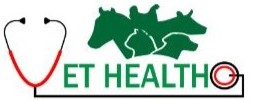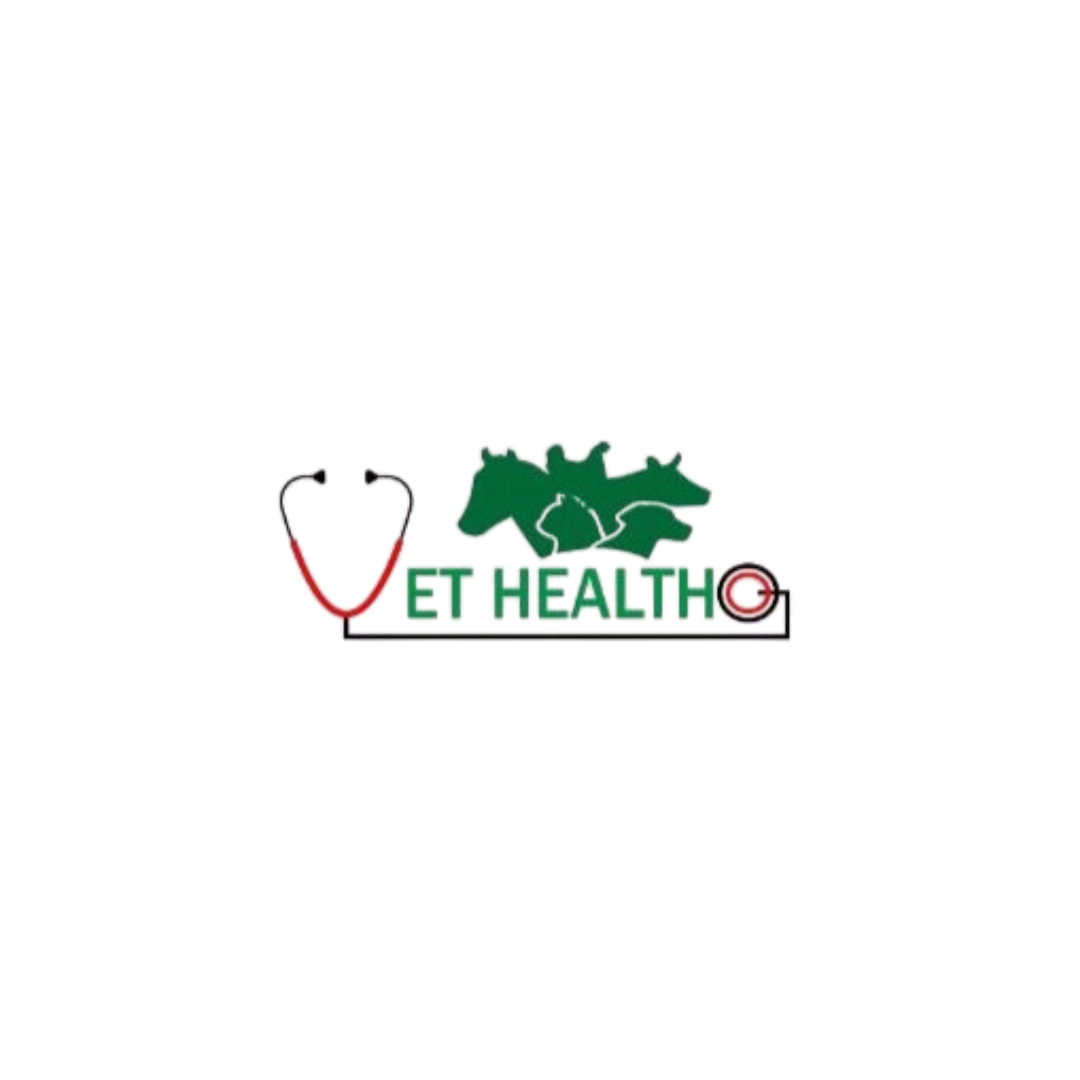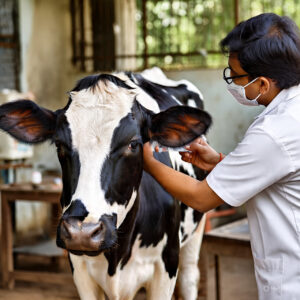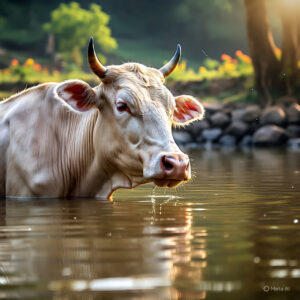Calf housing and hygiene are the foundation of healthy calf care. Without it, calves risk disease and poor growth.. Without care, diseases can spread fast. This article explains how to house calves and maintain hygiene correctly.
🟩 Why Housing Matters for Calves (H2)
Good housing gives calves safety. It protects them from weather, disease, and predators. A clean shelter improves health and growth. It also reduces vet costs.
🟩 Location and Structure of Calf Housing (H3)
- Always build on high ground.
- Avoid damp, marshy places.
- Face the shed east or southeast for morning sunlight.
- Ensure good ventilation.
Calves need fresh air. Closed spaces increase infection risk. Use slatted floors or soft bedding for comfort. Concrete is easy to clean but needs mats.
🟩 Ideal Space Requirements (H3)
Each calf needs personal space. Overcrowding spreads infection.
- Individual pen: 1.2 m x 1.8 m minimum
- Group housing: 1.5–2.5 square meters per calf
- Height: 2 meters minimum for airflow
Ensure enough room for feeding, lying down, and turning.
🟩 Types of Calf Housing (H2)
1. Individual Pens:
- Prevents disease spread
- Allows individual monitoring
- Ideal for newborns up to 8 weeks
2. Group Housing:
- Improves social behavior
- Easier management for older calves
- Cleanliness must be a priority
3. Calf Hutches:
- Portable and well-ventilated
- Popular in developed farms
- Allows outdoor sunshine exposure
🟩 Ventilation and Lighting (H2)
Calves need fresh air. Poor ventilation causes pneumonia and respiratory problems. Cross-ventilation keeps air fresh.
Windows should allow sunlight. Sunlight kills germs. Use wire mesh to prevent flies.
🟩 Bedding Materials and Cleanliness (H2)
Soft bedding keeps calves warm and dry. Change bedding often to avoid ammonia buildup.
Best bedding materials:
- Straw
- Sawdust
- Rice husk
- Sand (for dry areas)
Clean daily. Remove wet bedding. Use lime powder weekly to control odor.
🟩 Importance of Drainage (H2)
Drainage prevents wet floors. Wetness invites bacteria. Sloped floors help water drain easily.
Build a small drain channel. Keep urine and waste out of the pen. Flush daily if possible.
🟩 Water and Feeding Areas (H2)
Water must be clean and fresh. Keep troughs outside the pen. This reduces wet floors inside.
Feed in clean containers. Use raised feeders. Avoid placing feed on the ground. It gets dirty fast.
🟩 Disinfection Routine (H2)
Clean with hot water and disinfectants weekly. Use safe, vet-approved disinfectants.
Suggested disinfectants:
- Potassium permanganate
- Bleach solution (diluted)
- Iodine-based cleaners
- Lime wash (for walls)
Always rinse feeders after every use.
🟩 Fly and Parasite Control (H2)
Flies spread diseases. Keep pens fly-free.
Control tips:
- Use mosquito nets
- Clean dung and waste
- Spray neem-based repellents
- Install fly traps
Control ticks and lice with vet-approved solutions. Brush calves weekly.
🟩 Winter and Summer Management (H2)
In Winter:
- Use warm bedding
- Avoid drafts
- Close windows at night
In Summer:
- Provide shade
- Use fans if needed
- Offer cool, clean water
Extreme weather affects calf health. Prepare your shed seasonally.
🟩 Signs of Poor Hygiene (H2)
- Calf coughing or sneezing
- Dirty coat or wet bedding
- Strong ammonia smell
- Flies buzzing around
If any signs appear, clean the area immediately. Isolate sick calves.
🟩 Common Diseases from Poor Hygiene (H2)
1. Scours (diarrhea):
From dirty milk or bedding.
2. Pneumonia:
Caused by poor air quality.
3. Navel infection:
Due to dirty floor or wet bedding.
4. Ringworm and mange:
Due to poor grooming.
Clean housing stops these problems early.
🟩 Cost-Effective Housing Tips (H2)
Even small farmers can provide good shelters.
- Use local materials like bamboo
- Recycle wood for pens
- Thatched roofs work well in villages
- Old tires can be feeders
Good hygiene doesn’t need high costs. It only needs regular care.
🟩 Hygiene Training for Workers (H2)
Train workers regularly.
- Teach cleaning techniques
- Provide gloves and boots
- Display hygiene charts
- Maintain daily cleaning schedule
Awareness reduces calf mortality.
Every farm must prioritize calf housing and hygiene to ensure long-term herd health.
